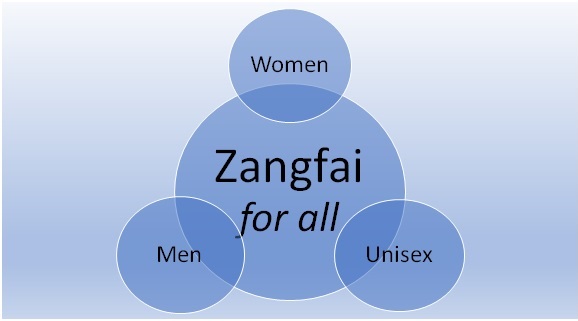Introduction- What is Assamese Jewellery? or (Golden Heritage of Assamese Jewellery)
Assamese Jewellery is a traditional artform of handicraft belonging to the two most ancient industries namely, Gold washing and Manufacture of jewelry. Gold Dust was abundantly found in the sands of different rivers of Assam. The earliest reference of gold in Assam is found in the Arthasastra besides other classical texts.
“Assamese Jewellery by no means without merit. It incurs the stock reproach of being unfinished, it is no doubt crude and precious stones used are not very precious or very well cut. But it is quaint and characteristic. The Gold used is of High degree of purity” , as said by F.C Hanniker in his monograph on gold and silver wares of Assam. A large number of Gold and Silver is used in making of Assamese ornaments.
Assamese Jewelers or Artisans have been using 24 carat gold to make exclusive and exquisite range of jewelries from ancient times. Later on, till the present times, considering the affordability of jewelry loving people, Assamese traditional jewelry is being made either on silver by topping it with liquid gold or gold foils plated on silver. Hence, it can be said that there are two varieties of Assamese jewelries. One category is called “Kesaxon” (meaning Gold Plated) and the other is called “Xun Paanisoruwa” (meaning Gold Dipped/Polished). The practice of Assamese traditional jewelry making is thriving majorly in the districts of Jorhat, Nagaon and Barpeta of Assam.

Identification and its Importance
For the last few years, Assamese traditional look-alike ornaments have started coming from outside the State. Those are made of bronze, copper or other inexpensive metals by copying the designs from Assamese traditional jewelry and are sold back in Assam in a cheaper rate. This is a sorry state of affair that the buyers do not have any knowledge of Assamese traditional jewelry and especially “Kesaxun.” If this selling back of cheap metals with copied Assamese design goes on, the actual Assamese traditional jewelry, its traditional artisans, their aspirations and the entire gamut of traditional values attached to it will gradually disappear from the life and culture of Assamese generations to come. Each piece of Assamese Traditional jewelry is nuanced, each piece has a story to tell, each one carries the essence of Assamese identity. If people fail to identify non authentic Assamese jewellery, this tradition will be on the brink of losing its old glory.
In order to tackle the issue of circulation of fake
jewellery, Team Zangfai has taken an initiative to form an association of traders and artisans involved in Assamese traditional jewelry making trade
to create a common platform for collective benefits. The team as a collective body has made an appeal to get Geographical Indication (GI) mark
so that the customers can have a fair chance of buying authentic Assamese traditional jewelry made in Assam. The team has approached the government to declare
it as an industry and for provision of financial security to the traditional jewelers who are dedicatedly involved in this artistic trade along with other demands
to uplift the Assamese jewelry making enterprises and take this traditional form to the world community.
Hence, our first initiative is called “Project Gamkharu”, a mission to get GI mark for Assamese traditional jewelry made in Assam. This is out of a sincere concern to preserve this beautiful tradition of Assamese identity and culture. Project Gamkharu encapsulates a golden way responding to the aspirations of small unsung artists and traders traditionally practicing gold art in Assam.
Why Us/ How is Zangfai Different?
The Idea Behind Us.
Zangfai was born in the year 2002 with only a handful of jewelry sets. It started as business from home where in a small chamber the customers or visitors were welcomed with a warm heart and always a warm smile. The affordability of gold jewelry could be seen as a concern by people. Hence, it was originally Zangfai’s initiative/unique idea to categorize gold jewelry into three to four types so that people from all socio-economic class could afford it. This made the demand from jewelry enthusiasts grow higher as years rolled by and also, the responses from local people and artisans were overwhelming to the brim. This in turn kept us motivated to do more, create more.
Today is a world of contemporary ideas and visions. For any concept or art or creativity to sustain, we have to blend with modern time and contribute to the ever-changing wave of fashion and art. Zangfai has always held pride in her traditional designs working towards conservation of Assamese culture and indigenous identity. We have been acclaimed as a brand by the locals and we can humbly say that Zangfai is considered as an epitome of Assamese Jewellery.
The new venture or the mark that Zangfai want to create:
- Introduction of Men and Unisex Jewellery- to break the Gender stereotype associated with Jewellery
- Introduction of contemporary yet traditional designs for all ethnicities for any kind of outfit
In a Venn Diagram, Zangfai would like to show the inclusiveness that she wants to create:

The Backstory for all the effort in keeping up with the modernity, progressive ideas and preservation of tradition is to save the art of Assamese jewellery making.
